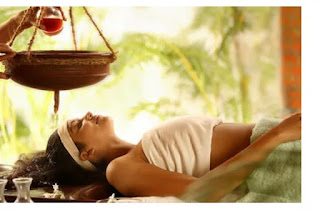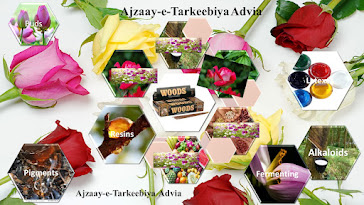Storage of Unani Drugs

Collected crude drugs must be free from all types of impurities, such as foreign materials, animal excreta, insects, fungus, or any substances other than the drug. The optimum environmental condition should be maintained during the storage and transportation of a drug to avoid any damage or loss of properties. Appropriate conditions of light, humidity, ventilation, temperature, and security should be ensured. Extreme conditions of temperature fluctuations and humidity may result in harmful toxic degradation that can be difficult to detect. Any change in the normal physical property of a drug, like a change in color, odor, etc is an indication of abnormality. Drugs must be prevented from petrification, decomposition, fermentation, or any unusual changes. There are specific guidelines for handling specific drugs that should be followed. Factors considered for proper storage are Sanitation, Temperature, Light, Moisture, Ventilation, and Segregation . Storage areas sh...






